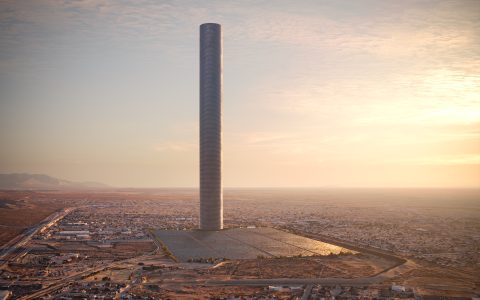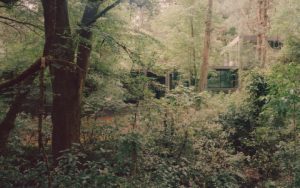Curved skyscrapers integrated with honeycomb structural elements represent a cutting-edge fusion of biomimicry and parametric design, yielding significant energy savings through passive strategies.
Optimized Aerodynamics
The curved facade acts like an airfoil, significantly reducing wind pressure differentials across the building envelope. This minimizes infiltration/exfiltration of conditioned air, lowering HVAC loads by an estimated 10-15% compared to rectilinear towers.
Enhanced Thermal Performance
The integrated honeycomb structure – often manifesting as hexagonal patterning within cladding units or internal walls – provides exceptional thermal advantages:

- Increased Insulation Depth: The cellular geometry naturally creates deeper cavities for high-performance insulation, achieving U-values below 0.15 W/m²K.
- Minimized Thermal Bridging: Continuous, geometrically complex framing disrupts linear paths for heat conduction.
- Passive Solar Control: Strategic cell orientation and depth enables adaptive shading without complex mechanisms, reducing cooling demand by 20-30%.
Synergistic Benefits
The curvature and honeycomb work in tandem. Curved surfaces increase effective surface area facing beneficial sun angles in winter, while the honeycomb offers deep shading during peak summer sun angles. Wind-induced vortices around the curve create localized pressure zones, potentially assisting natural ventilation stack effects via central atria patterned with the honeycomb geometry.
This design approach significantly reduces operational carbon by leveraging passive physics, making it a crucial tool for sustainable high-density development.





